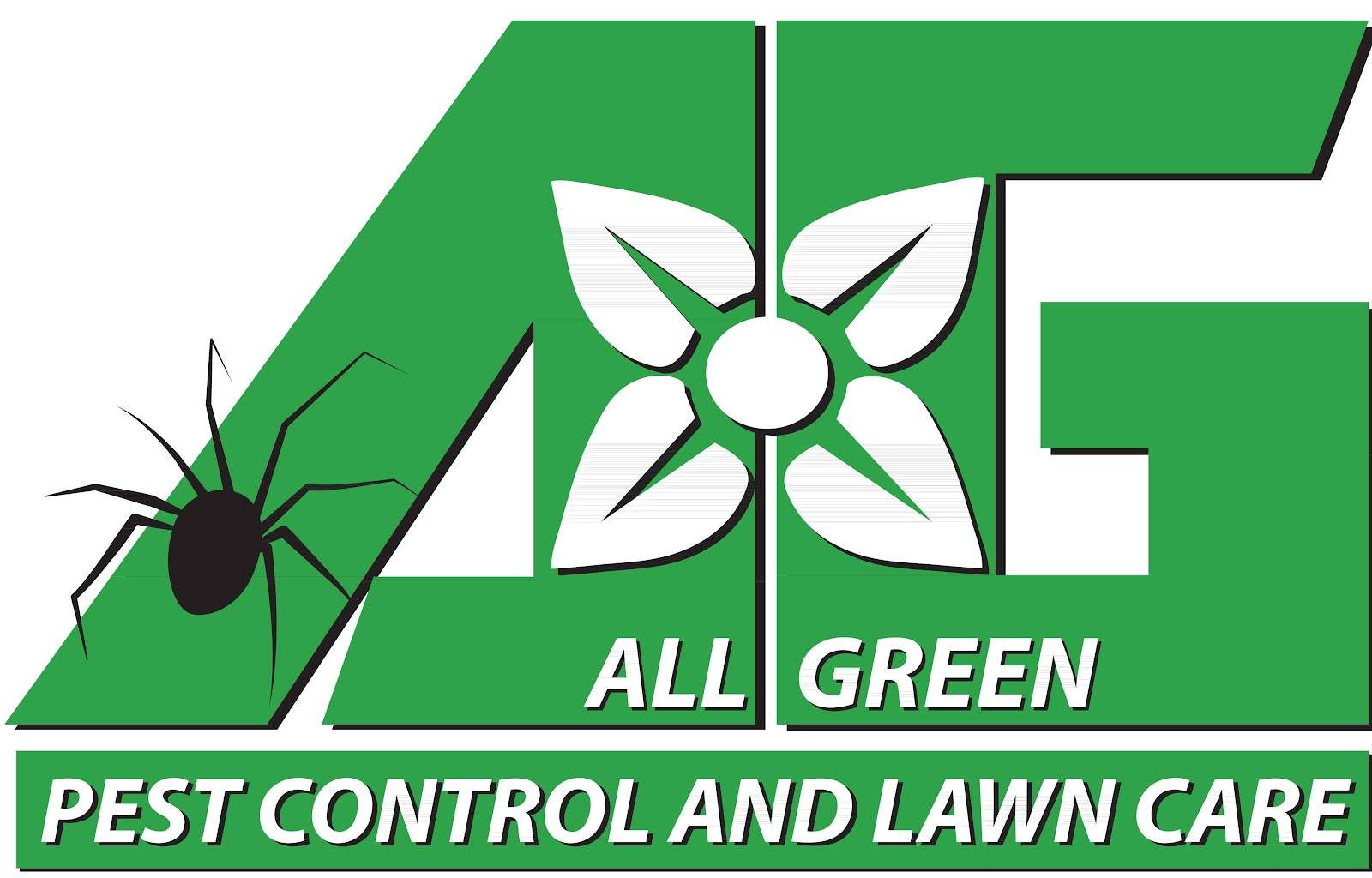
The Importance of Home Sanitation, Cleanliness, and Exclusion in Pest and Rodent Control
A clean and sanitary home is more than just aesthetically pleasing—it’s essential for pest and rodent control. Whether you’re dealing with ants in the kitchen, rodents in the attic, or a potential infestation, maintaining a clean home and implementing exclusionary practices can go a long way in preventing pests from taking over your space.
In this blog post, we’ll explore the importance of home sanitation and cleanliness in pest control and prevention, with a special focus on rodent management. We’ll also discuss exclusion techniques that are essential for keeping unwanted critters out and ensuring your home remains safe and comfortable.
Why Home Sanitation and Cleanliness Matter for Pest and Rodent Control
- Eliminates Food Sources for Pests and Rodents Pests and rodents are attracted to homes because they offer easy access to food, water, and shelter. A cluttered or dirty environment makes it easier for pests to find what they need to survive. For instance, crumbs on the kitchen counter or unsealed food containers attract ants, cockroaches, and rodents. By keeping food properly stored, wiping down surfaces, and managing waste, you’re cutting off the food supply to these invaders.
- Reduces Hiding Places Cluttered areas—such as piles of papers, clothing, or unused appliances—offer pests a safe haven where they can nest or breed without being disturbed. Rodents, in particular, thrive in dark, secluded places where they can build nests and reproduce. By decluttering your home and reducing hidden spaces, you’re limiting potential habitats for pests and making it harder for them to establish a foothold.
- Prevents Moisture Accumulation Pests such as cockroaches, ants, and rodents are drawn to damp environments. Leaky faucets, standing water in the bathroom, or moisture-prone areas in basements can attract pests looking for hydration and shelter. Keeping your home dry is vital in preventing pest infestations. Regularly check for water leaks and promptly repair any that you find.
- Improves Air Quality Clean homes have better air quality, which is not only beneficial to human health but also deters pests. Dust, mold, and allergens can create a hospitable environment for certain pests like dust mites, cockroaches, and rodents. A clean home helps reduce these irritants, making it less likely that pests will make a home in your space.
Steps for Achieving Pest and Rodent Control Through Home Sanitation
- Daily Cleaning and Food Storage
- Wipe Down Surfaces: Ants, cockroaches, and rodents often enter kitchens in search of food. Wipe down countertops and tables after meals and keep crumbs and spills cleaned up immediately.
- Store Food Properly: Always store food in airtight containers. Don’t leave pet food or human food out overnight, as these are magnets for pests.
- Take Out Trash: Dispose of garbage daily, especially in the kitchen, and ensure that trash cans are tightly sealed to avoid attracting pests.
- Weekly Cleaning
- Vacuum and Mop Floors: Pests like ants, cockroaches, and rodents are attracted to food particles and crumbs. Regularly vacuum and mop your floors to ensure that food scraps are not left behind.
- Clean Appliances: The backs of refrigerators, stoves, and dishwashers can be hotspots for crumbs, spills, and moisture, making them attractive to pests. Wipe down and clean these areas weekly to prevent buildup.
- Inspect Your Pantry and Cabinets: Your kitchen pantry and cabinets are prime places for pests to hide and thrive. Regularly clean the shelves in your pantry, discarding expired or open food packages, and wipe down surfaces to remove crumbs and sticky residues. Pests, especially pantry bugs like moths and beetles, are often drawn to improperly sealed food items or hidden crumbs. By keeping your pantry tidy, you remove these opportunities for pests to feed and breed.
- Monthly Deep Cleaning
- Check for Signs of Infestations: Every month, inspect hidden or less visible areas for signs of pest activity. Look for droppings, nests, or chewed wires that indicate rodent activity.
- Clean Vents and Ducts: Air ducts can harbor dust and debris, which attract pests. Clean and vacuum vents to prevent dust mites and pests from entering through the HVAC system.
- Wash Bedding and Upholstery: Pests like bedbugs, fleas, and dust mites thrive in fabric-rich environments. Wash bedding, curtains, and upholstered furniture regularly to keep these pests at bay.
The Role of Exclusion: Preventing Rodents and Pests from Entering Your Home
While cleanliness is vital for keeping pests and rodents under control, exclusion plays an equally important role in pest prevention. Exclusion involves making your home less inviting to pests by sealing entry points and removing potential access routes. Here are some exclusion techniques that are particularly effective in rodent control and overall pest management:
- Seal Gaps and Cracks Small openings around windows, doors, and the foundation are the most common ways for rodents and insects to enter your home. Regularly inspect your home for cracks and gaps, particularly around the edges of doors, windows, and where pipes or utilities enter the house. Use caulk or weatherstripping to seal any openings, making it harder for pests to sneak inside.
- Replace Worn-out Weatherstripping The weatherstripping around doors and windows is essential for keeping out drafts and pests. Over time, this material can wear down, leaving openings through which insects and rodents can pass. Replacing damaged weatherstripping will not only improve your home’s energy efficiency but will also help keep out pests.
- Fix or Replace Damaged Screens Screens on doors and windows are your first line of defense against flying insects, including mosquitoes, flies, and moths. If your screens have holes or tears, pests can easily enter your home. Repair or replace damaged screens promptly to prevent bugs from getting inside.
- Install Door Sweeps Rodents and insects can easily slip under doors that don’t have adequate seals. Install door sweeps or thresholds to close the gap between the door and the floor, which will help prevent pests from sneaking inside.
- Inspect the Roof and Foundation Rodents like rats and mice often enter homes through the attic or foundation. Regularly inspect the roof for holes or damage and check the foundation for cracks. Repair any gaps immediately to prevent rodents from gaining access to your home. Ensure that chimneys and vents are properly screened to avoid entry through the roof.
- Maintain Landscaping and Outdoor Areas Overgrown vegetation near the exterior of your home can serve as a bridge for pests to gain access to windows and doors. Trim trees and bushes away from the house, and keep piles of firewood or compost at a distance. Additionally, ensure that your gutters are clean and free of debris to prevent water damage and reduce the risk of attracting pests.
Cleanliness and Exclusion Go Hand in Hand for Pest and Rodent Control
Incorporating regular sanitation practices, alongside exclusion methods, is the best way to prevent and control pest and rodent problems in your home. By reducing potential food sources, eliminating hiding places, and keeping your home sealed from unwanted pests, you create an environment that is inhospitable to rodents and insects. Regular cleaning, coupled with strategic exclusion practices like sealing gaps and replacing damaged screens, will help keep your home pest-free and ensure the long-term health and comfort of your family.
Taking proactive steps in home sanitation and exclusion is the key to a cleaner, safer, and healthier home, free from the threats posed by pests and rodents. By staying vigilant and maintaining your home, you can enjoy peace of mind, knowing that your living space is secure from these unwanted invaders. This is backed by important research and findings posted in the National Library of Medicine.
With winter just around the corner, check out our blog about which ice melt is the best for you: Different Types of Ice Melt
